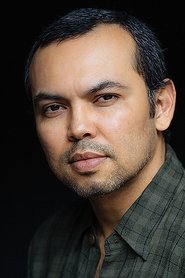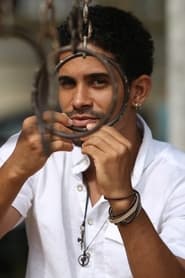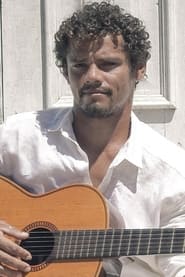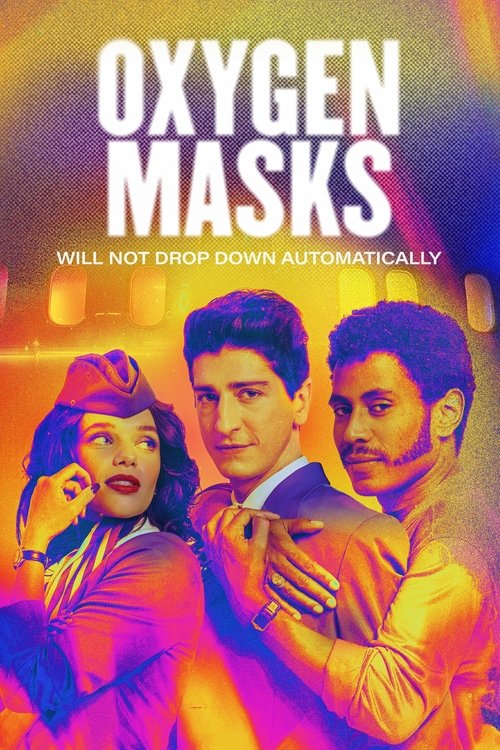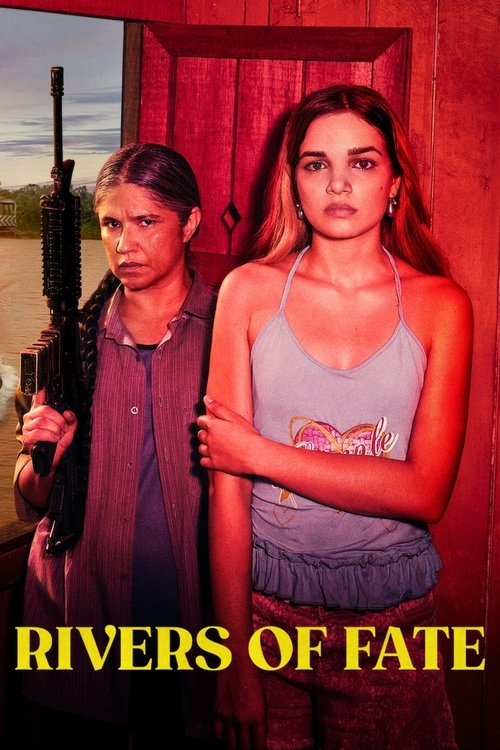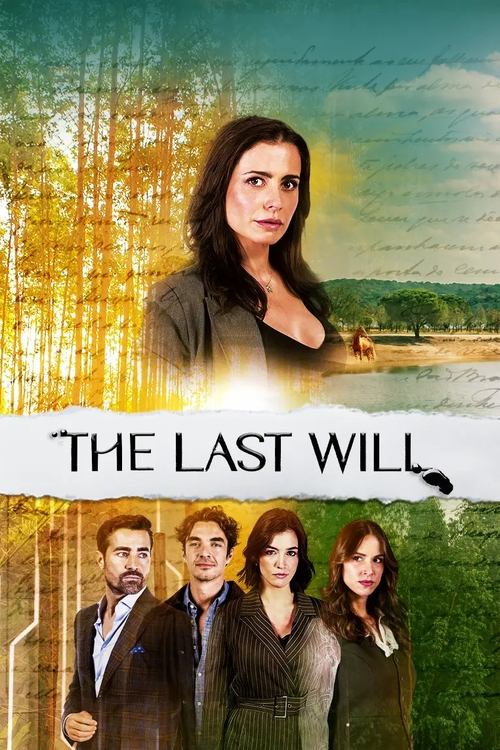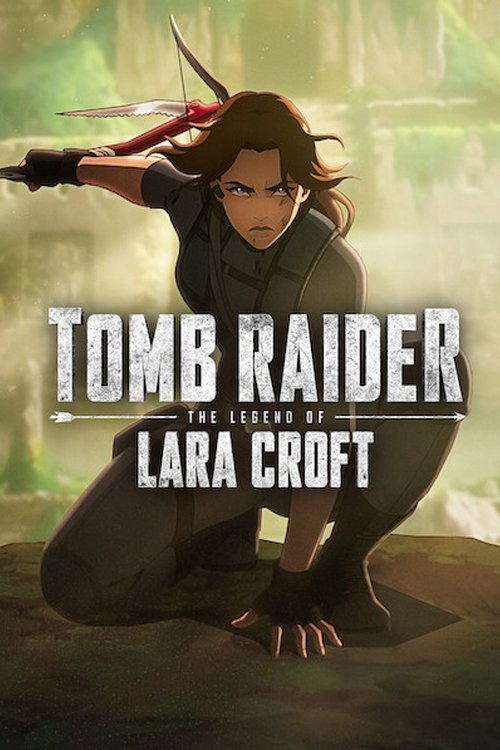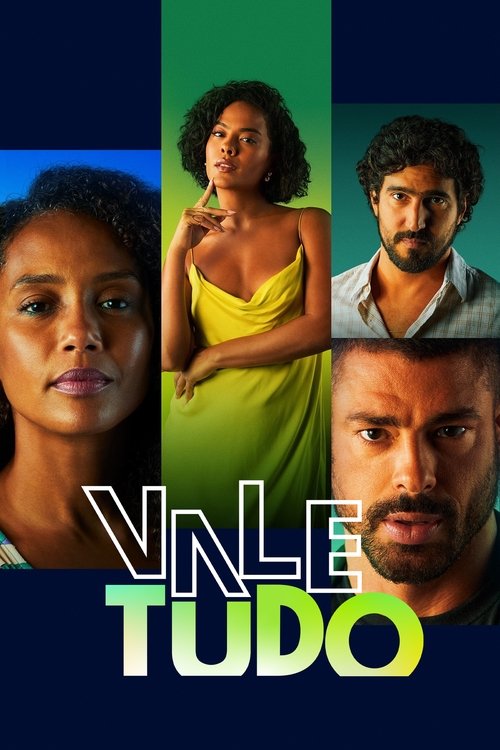
Ask Your Own Question
What is the plot?
The story begins with Maria de Déa, a fearless young woman living in the harsh Brazilian backlands, who becomes the first female member of the Cangaço, a notorious group of outlaws led by Lampião. Maria joins the band of cangaceiros, quickly proving herself as a skilled fighter and a strong voice among the men, challenging the traditional gender roles within the group.
Early in her time with the Cangaço, Maria forms a close bond with Lampião, becoming his companion and trusted ally. Together, they navigate the dangerous life of constant escapes and armed confrontations with the police and rival groups. Maria participates actively in raids and negotiations, showing both courage and tactical intelligence.
As the group moves through the caatinga, Maria discovers she is pregnant. This revelation shocks her and the group, as the harsh laws of the Cangaço forbid women from raising children within the band. The law demands that Maria must give up her baby to be raised by someone outside the group to avoid weakening their mobility and survival chances.
Maria struggles deeply with this law. She gives birth but is forced to hand over her daughter to a trusted family outside the Cangaço. This separation causes Maria intense emotional pain, and she lives torn between her loyalty to the group and her desperate desire to raise her child.
Throughout the series, Maria faces multiple violent confrontations. In one detailed sequence, the group is ambushed by police forces. Maria fights fiercely, using her knowledge of the terrain and guerrilla tactics to lead a successful escape. She coordinates the group's movements, covering their retreat and ensuring no one is left behind.
In another sequence, Maria negotiates with local politicians to secure safe passage and supplies for the group. She uses her sharp wit and fearless demeanor to intimidate and persuade, showing her growing influence within the Cangaço.
As the story progresses, Maria's internal conflict intensifies. She secretly attempts to maintain contact with her daughter, risking exposure and punishment. Her dual life becomes increasingly precarious as the group's enemies close in.
The climax occurs when the Cangaço faces a massive police offensive. Maria leads a desperate defense, fighting alongside Lampião and the others in a brutal, drawn-out battle. Despite their valor, the group suffers heavy losses. Maria is wounded but survives.
In the final scenes, Maria is shown reflecting on her life choices. Though she remains with the Cangaço, her longing for her daughter and a different life is palpable. The series ends with Maria standing alone in the caatinga, symbolizing her enduring strength and the tragic cost of her outlaw existence.
What is the ending?
The ending of Maria: The Outlaw Legend (2025) shows Maria and Lampião pursuing a new beginning together, focusing on finding and raising their daughter after enduring many hardships and conflicts within the cangaceiro gang.
Expanding on the ending scene by scene:
The final episodes depict Maria, who has long struggled for respect and influence within the cangaceiro band, facing increasing resistance from the men and from Lampião himself. After being removed from the gang's leadership circle, Maria returns to her mother's house, where tensions arise with her sister Dondon but she forms a bond with her niece Amália. Meanwhile, Lampião's health deteriorates, signaling the toll their outlaw life has taken.
As Silvério Batista's men continue to hunt them, cutting off supplies and threatening their survival, Maria and Lampião decide to leave behind the violent and unstable life of the cangaceiros. They make a solemn promise to start over, focusing on the hope of raising their daughter away from the dangers and betrayals that have marked their past.
The series closes with Maria and Lampião united in this resolve, setting out to find their daughter and build a new life. The fate of the main characters at the end is:
- Maria: Determined to break free from the outlaw life, she embraces her role as a mother and partner, seeking a safer future.
- Lampião: Despite his illness and the pressures of his outlaw existence, he supports Maria's plan and commits to their family's survival.
- Dondon: Remains at Maria's mother's house, representing the family ties Maria left behind.
- Silvério Batista: Continues as the antagonist, his pursuit underscoring the persistent threats from outside forces.
This ending highlights the characters' desire for redemption and normalcy after a life marked by violence and hardship, emphasizing family and hope as central themes. The narrative closes on a note of cautious optimism, with Maria and Lampião stepping away from their outlaw legend toward a future defined by love and protection of their child.
Is there a post-credit scene?
As of the current release and official information available for the 2025 TV show Maria: The Outlaw Legend, there is no confirmed post-credits scene attached to any episode of the series. The show concludes each episode with a traditional end credits sequence, but no additional scenes, teasers, or stingers have been officially released or reported by production sources, cast interviews, or reputable entertainment databases. The narrative arcs are resolved within the main body of each episode, and there are no supplemental scenes shown after the credits roll.
What is the significance of Maria de Déa's pregnancy in the storyline?
Maria de Déa's unexpected pregnancy forces her to give up her baby due to the harsh laws of the cangaço, creating a deep internal conflict as she lives divided between her life with the outlaw group and her impossible desire to raise her daughter herself.
How does Maria de Déa assert her voice and role within the male-dominated group of outlaws?
Maria de Déa is portrayed as a fearless young woman who dares to have a voice in a group of outlaws, challenging the traditional gender roles by negotiating with politicians and violently resolving conflicts, establishing herself as a true leader and symbol within the cangaço.
What is the nature of Maria de Déa's relationship with Lampião in the series?
Maria de Déa is depicted as Lampião's companion, sharing a close and complex relationship as they navigate the dangers and politics of the outlaw life together, with Maria emerging as a key figure alongside him in the cangaço.
How does the series depict the internal and external conflicts faced by Maria as a female outlaw?
The series explores Maria's struggles with the violent and harsh realities of the cangaço, including armed conflicts, societal expectations, and the personal sacrifice of giving up her child, highlighting her resilience and the emotional toll of living as the first female cangaceira.
What role do political negotiations play in Maria de Déa's story?
Maria de Déa is shown not only as a fighter but also as a negotiator who interacts with politicians, using her influence and intelligence to navigate and manipulate power dynamics within the lawless environment of the cangaço, which adds depth to her character beyond mere outlaw violence.
Is this family friendly?
Maria: The Outlaw Legend (2025) is a Brazilian drama-western miniseries that explores the life of Maria de Déa, the first woman in the Cangaço, a notorious group of outlaws in early 20th-century Brazil. The series is rated TV-MA, indicating it is intended for mature audiences and not considered family-friendly for children or sensitive viewers. Below is a detailed, non-spoiler summary of potentially objectionable or upsetting aspects, organized by narrative elements and emotional impact, based on available series descriptions and content advisories.
Potentially Objectionable or Upsetting Content
Violence and Armed Conflict
The series is set against the backdrop of the Cangaço, a violent outlaw movement. Expect frequent scenes of armed disputes, shootouts, and physical confrontations. These sequences are visceral and realistic, with characters facing life-threatening danger, injury, and death. The tension is heightened by the constant threat of betrayal and the harsh realities of survival in a lawless environment. The violence is not gratuitous but integral to the story's historical and emotional context.
Themes of Loss and Separation
A central emotional thread involves Maria's unexpected pregnancy and the Cangaço's strict code, which forces her to give up her newborn child to be raised by others. The portrayal of Maria's anguish, her internal conflict between loyalty to the group and her maternal instincts, and the heartbreaking moment of separation are depicted with raw emotional intensity. These scenes may be deeply upsetting, especially for viewers sensitive to themes of parental loss or forced separation.
Gender Dynamics and Oppression
The series does not shy away from depicting the subjugation of women in a patriarchal, violent society. Maria's struggle to assert her voice and autonomy within the Cangaço--a world dominated by men--is a recurring theme. There are moments where she faces direct challenges to her agency, and the broader context of gender inequality is ever-present, which could be distressing for some viewers.
Mature Themes and Psychological Strain
The narrative explores mature themes such as survival, moral ambiguity, and the cost of rebellion. Characters experience psychological strain, guilt, and the weight of their choices. The atmosphere is often tense, with a sense of impending doom, as the characters navigate a world where trust is scarce and consequences are severe.
No Explicit Sexual Content Noted
While the series deals with adult relationships and the circumstances of Maria's pregnancy, there is no indication of explicit sexual content in available descriptions. However, the context of the pregnancy and its emotional fallout are central to the story.
Language and Substance Use
There is no specific information about strong language or substance use in the series, but given the setting and rating, some degree of coarse language and depictions of alcohol or tobacco use would not be unexpected.
Summary Table of Content Concerns
| Aspect | Description | Potential Impact | |-------------------------|-----------------------------------------------------------------------------|-------------------------------------------| | Violence | Frequent armed conflicts, shootouts, physical danger | Distressing, intense, realistic | | Emotional Themes | Forced child separation, maternal grief, loss | Deeply upsetting, emotionally heavy | | Gender Dynamics | Patriarchy, female subjugation, struggle for voice | Unsettling, thought-provoking | | Psychological Strain | Moral ambiguity, guilt, survival stress | Tense, psychologically demanding | | Sexual Content | Pregnancy storyline, adult relationships (no explicit scenes indicated) | Mature themes, emotional complexity | | Language/Substance Use | Not detailed, but possible given context | Possible coarse language, alcohol/tobacco |
Conclusion
Maria: The Outlaw Legend is a mature, emotionally charged drama that deals frankly with violence, loss, and the struggle for autonomy in a harsh, historical setting. It is not suitable for children or sensitive viewers due to its intense violence, distressing themes of separation and grief, and the psychological weight of its narrative. Viewer discretion is strongly advised.







